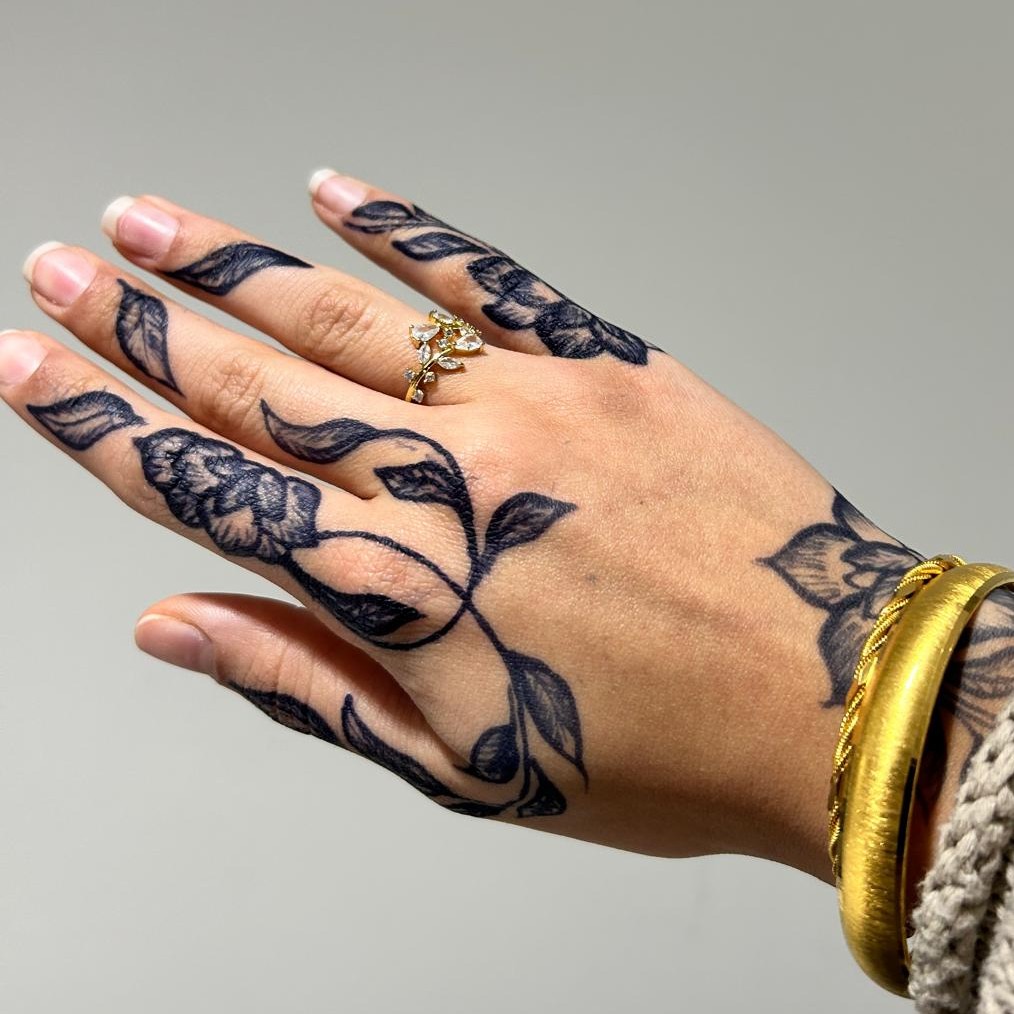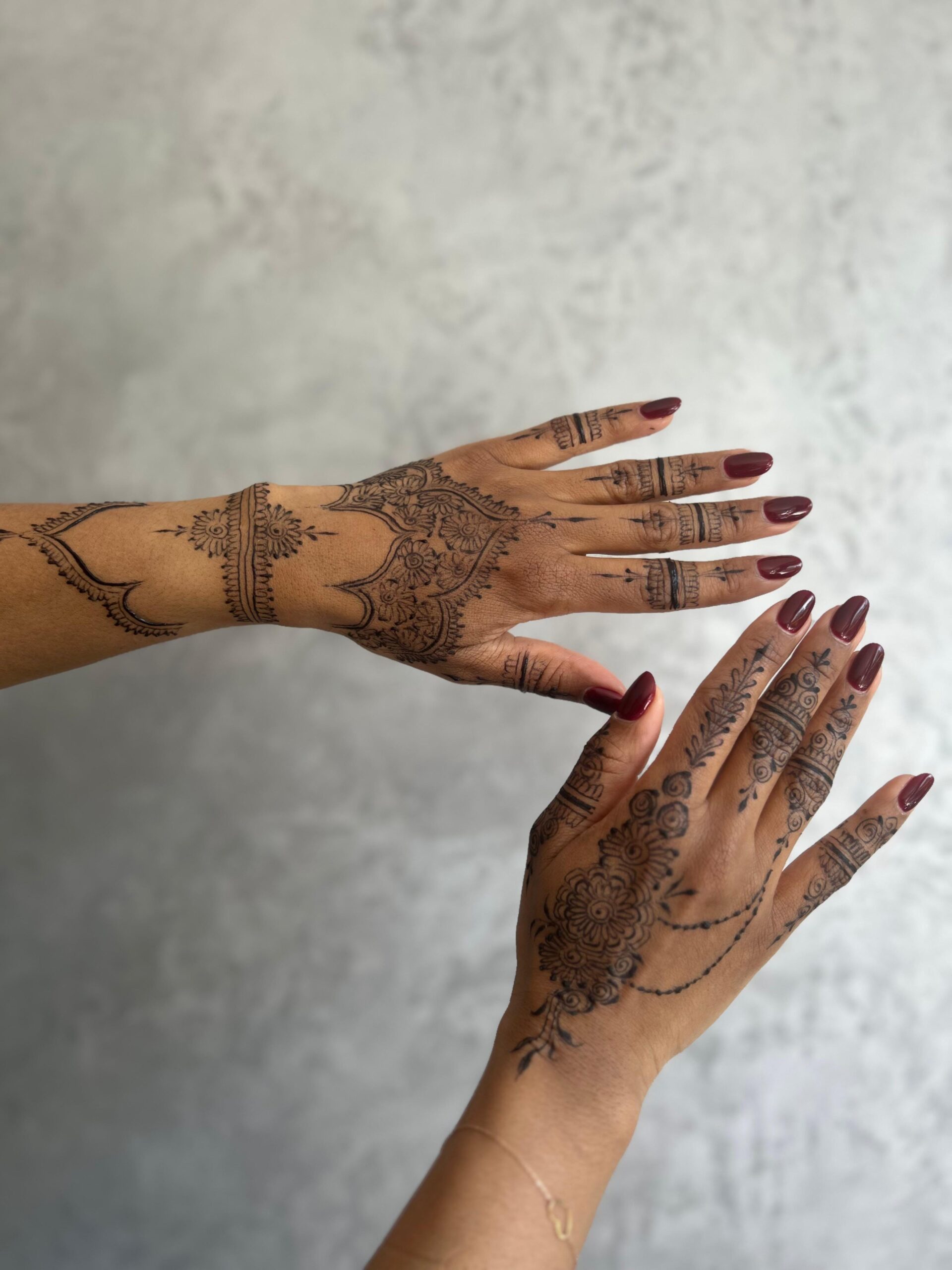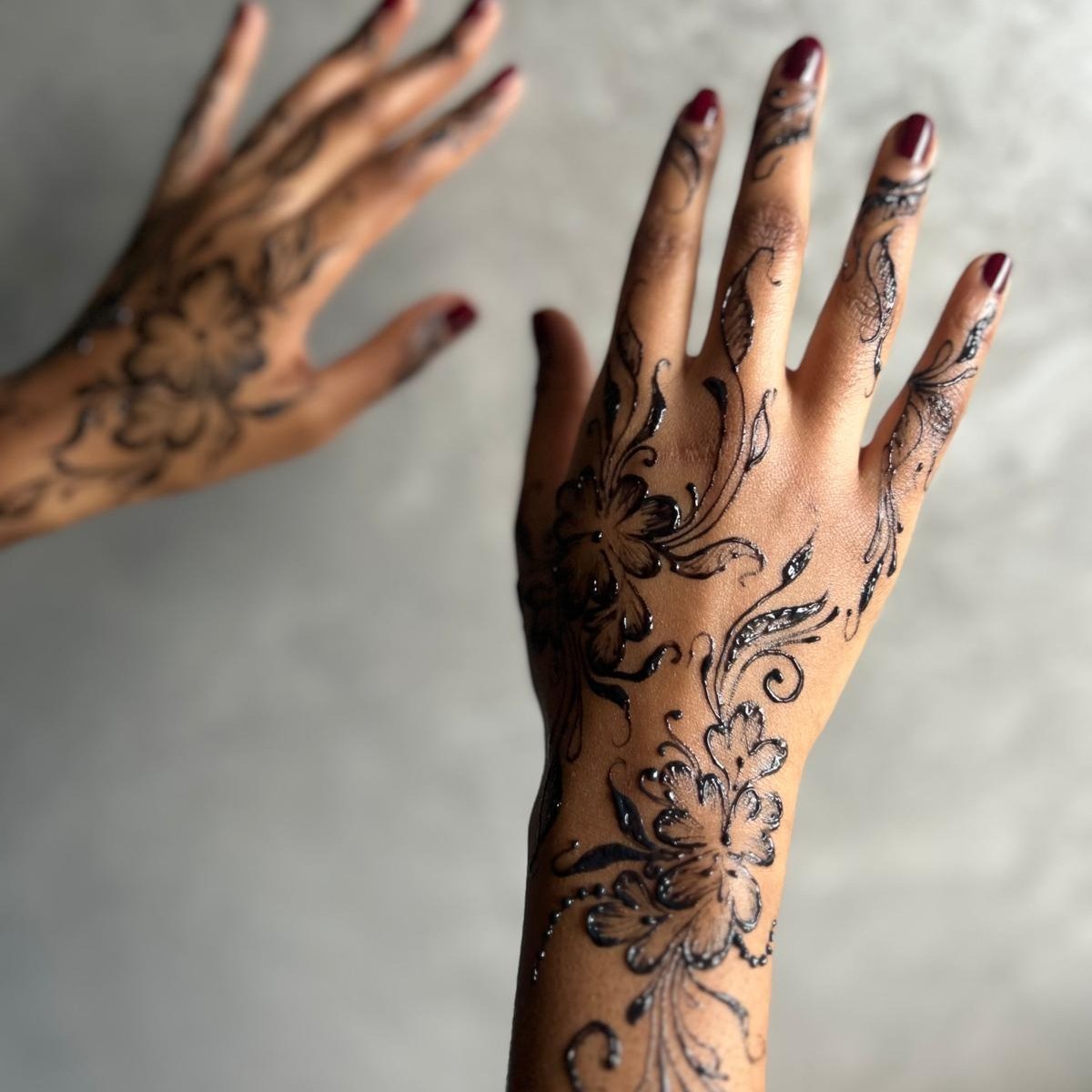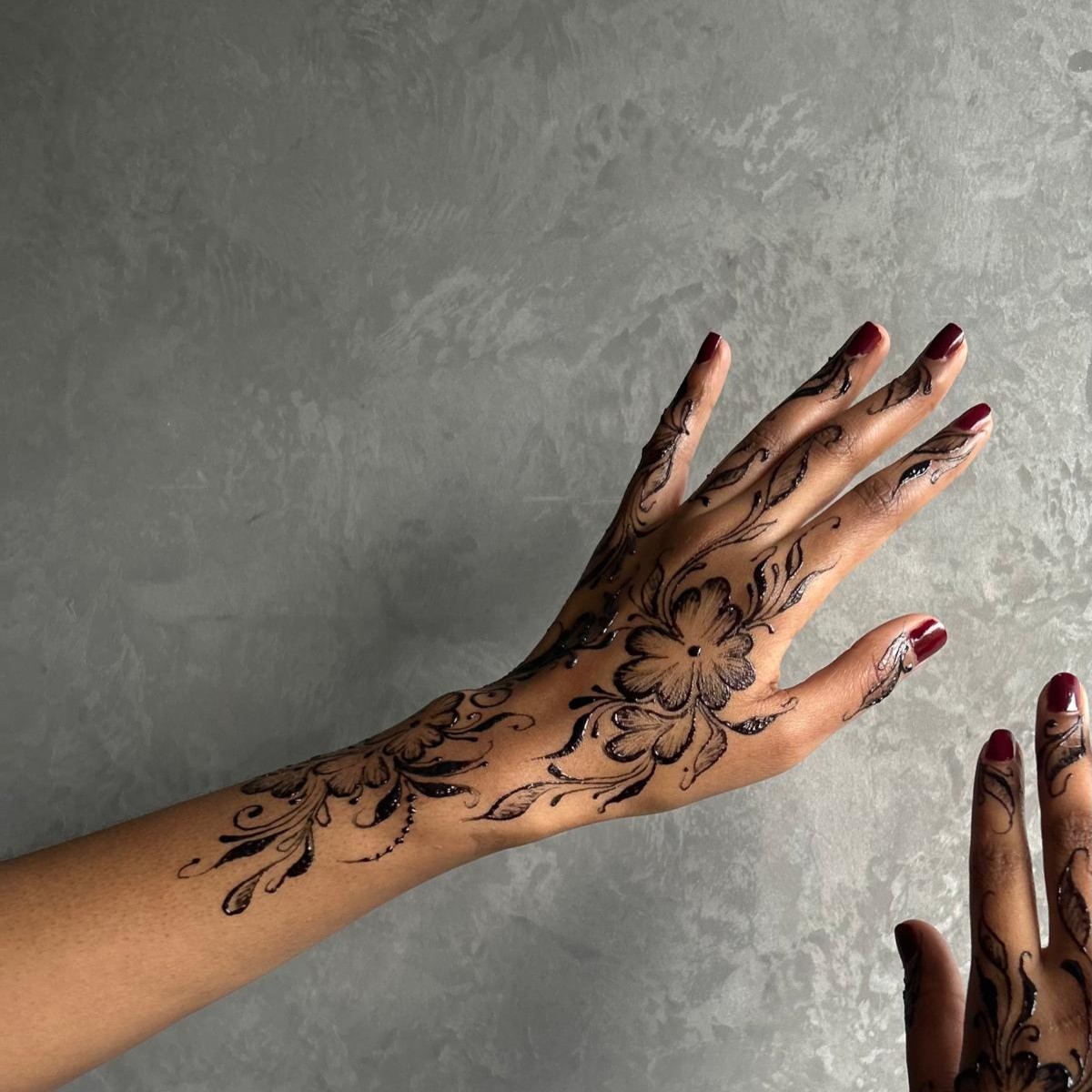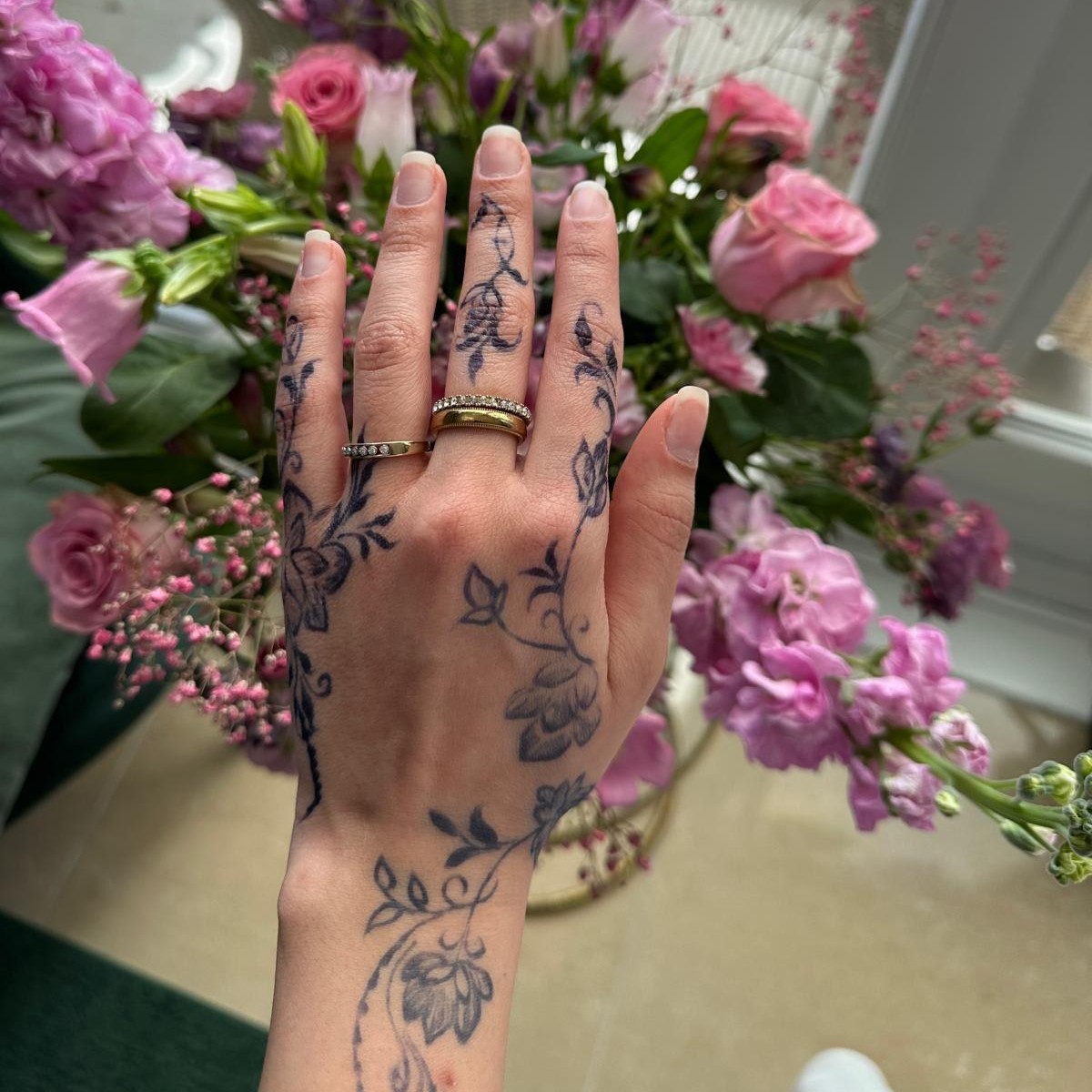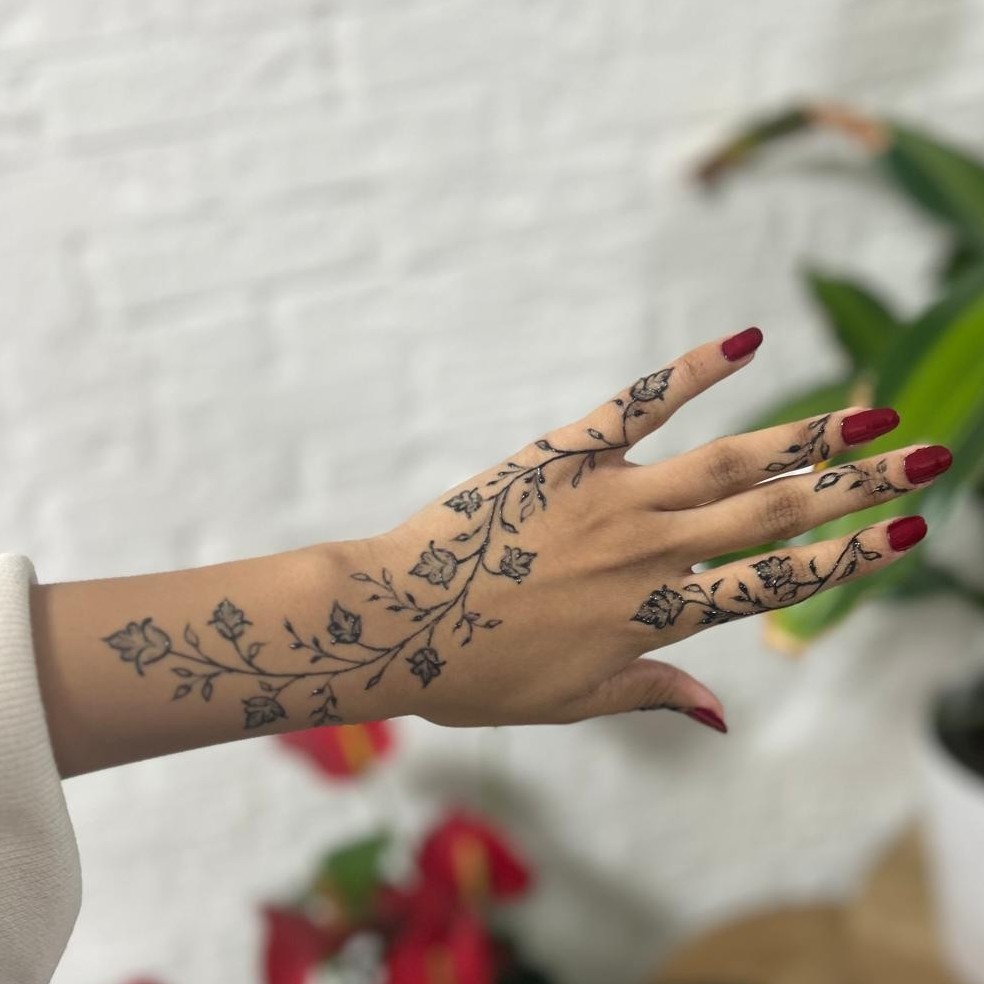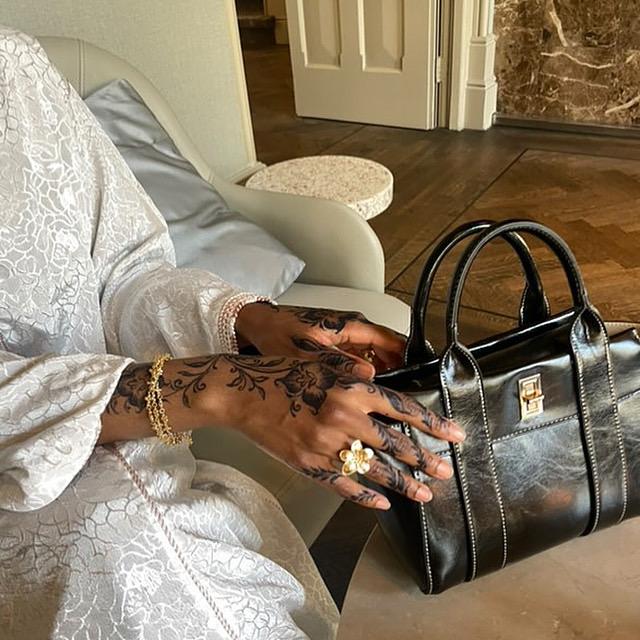Jagua Henna
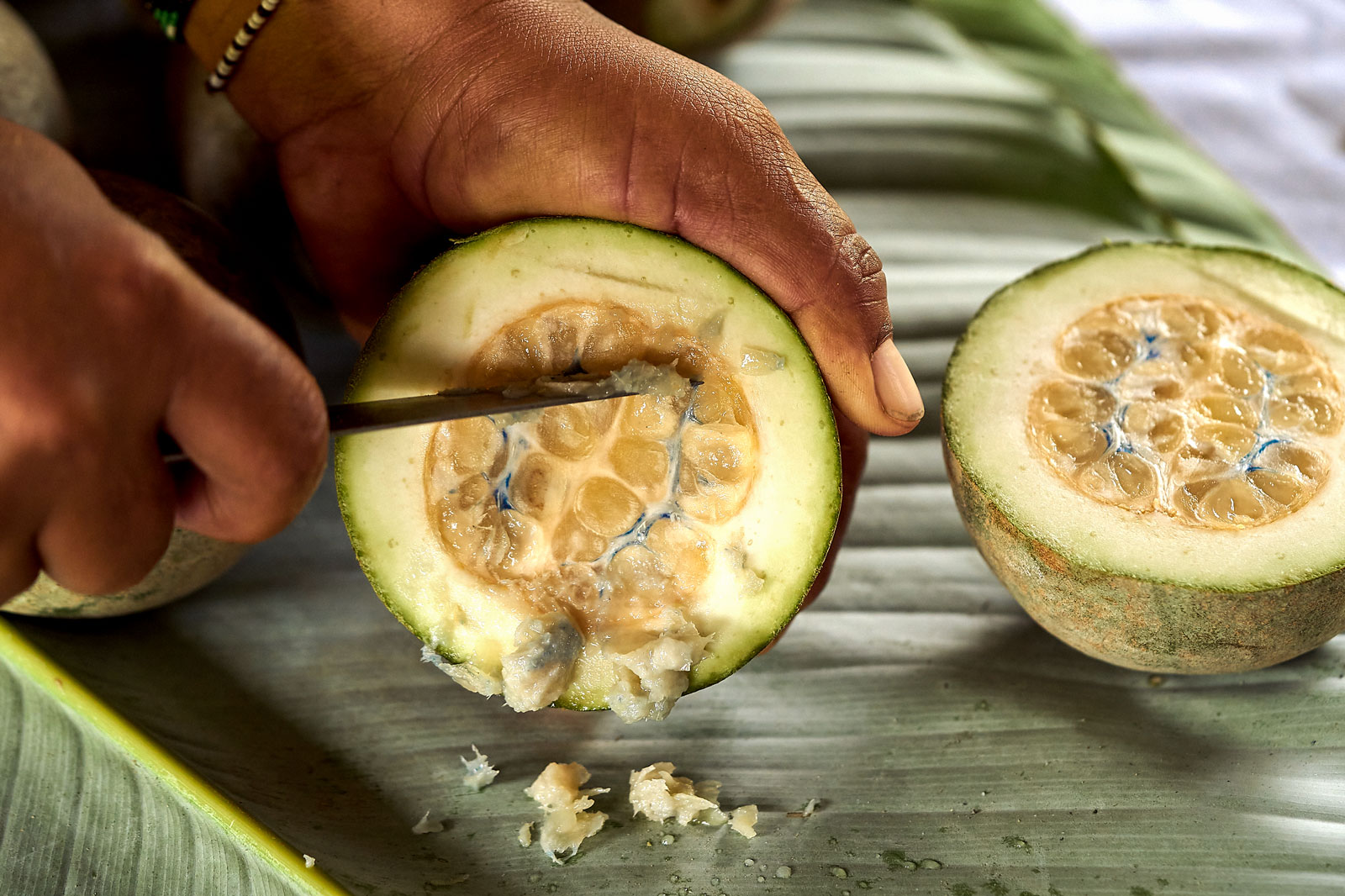
What Is Jagua Henna and Where Does It Come From?
Jagua henna is a natural skin dye made from the Genipa americana fruit, a tropical plant native to the rainforests of Central and South America. For centuries, the indigenous peoples of the Amazon have used jagua to create temporary body art and for ceremonial purposes, celebrating beauty, identity, and culture.
Unlike traditional henna, which gives a reddish-brown stain, jagua produces a deep blue-black color that looks very similar to a real tattoo. The dye is made by extracting and filtering the juice of the ripe jagua fruit, which is then carefully blended into a smooth gel that’s safe for the skin.
Jagua Henna Aftercare
To achieve a deep, even, and long-lasting color, it’s important to care for your jagua tattoo properly. Follow these steps after application:
- Allow the gel to dry completely (usually 30 to 60 minutes). Do not touch the design while it’s still wet.
- Leave the dried gel on the skin for 2–3 hours. After that, you can gently peel it off.
- Avoid water, soap, and friction for the first 12–24 hours. During this time, the color will develop from a light gray tint to a deep blue-black shade.
- Lightly moisturize the skin with a natural oil (such as coconut, jojoba, or olive oil) after removing the gel to keep the skin soft and hydrated.
The jagua design usually remains visible for 7 to 14 days, depending on your skin type and how well you follow the aftercare instructions. As your skin naturally renews, the color will gradually fade.
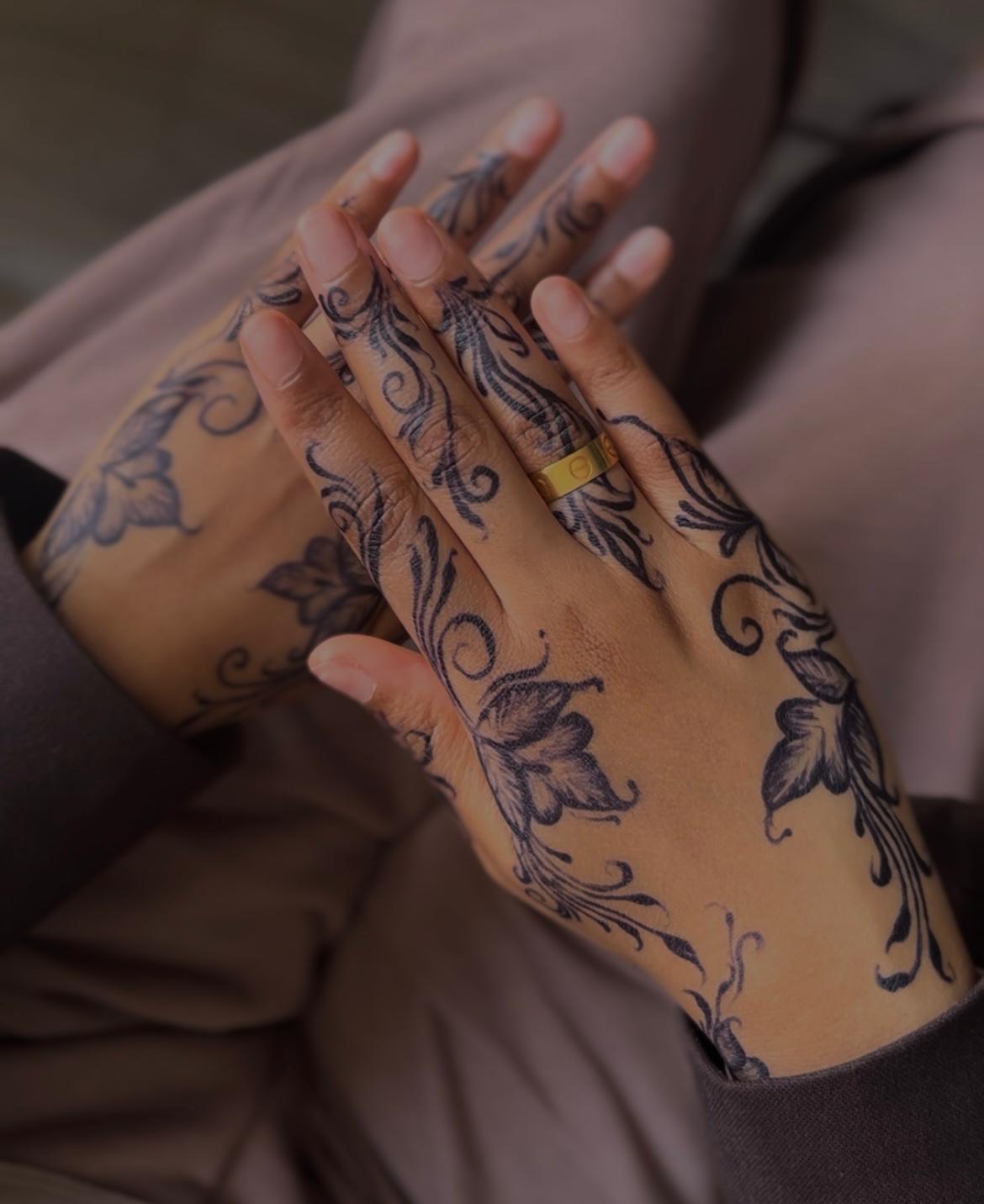
See what we created with Jagua Henna

